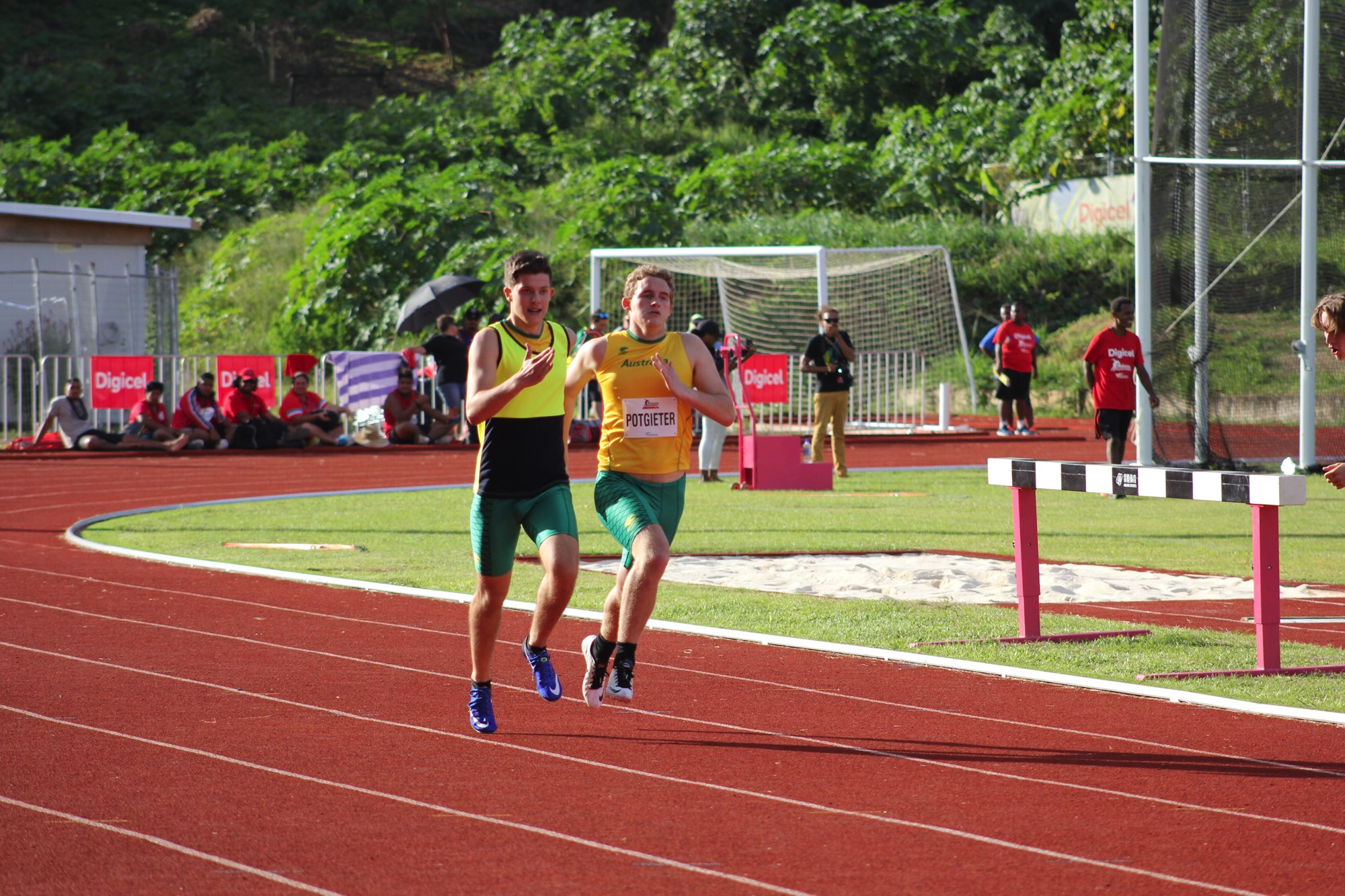ITB niggles are common, especially in newbie runners. In fact, it is almost inevitable that unless you are extremely lucky, at some point, your iliotibial band will start to cause you grief. Read on for a guide to dealing with an ITB injury, so it doesn’t derail your training program for too long.
Don’t Try to Run Through the Pain
The first point we are about to make is extremely important. While you might, in your wisdom, try and run through the pain, this is never a good idea. Some minor aches and pains will disappear when you run, but an ITB injury is not one of them. Continuing to run as normal will only exacerbate things and ensure your recovery takes a lot longer.
As soon as your ITB starts to feel sore, do the following.
Rest and Ice
The first step in treating an ITB injury is rest. Depending on how severe the pain is, this can be a total break from running or a significant reduction in training volume. New runners are best advised to stop running altogether until they are pain-free, but experienced runners may find a cessation in running volume is enough to stop their ITB issues from worsening.
Don’t panic, you won’t suffer any loss in fitness by resting for up to two weeks. Read some books, watch a boxset, or play some online games in the extra time you have available. There’s no point in being cross about it, these things happen!
Try a combination of ice and rest for a week. This should help to calm down any inflammation in the affected area. If, at the end of a week, you are free of pain, try running again, but keep it easy and start with a much shorter distance to see how you feel.
Physiotherapy
If rest and ice don’t fix your ITB pain, it’s definitely worth making an appointment to see a physiotherapist. ITB injuries are usually caused by a weak core and poor running form in conjunction with trying to run too far, too fast, and hill work. A trained physiotherapist can take a look at your biomechanics and correct any weaknesses or deficiencies. This will help you spot any bad habits and make changes, which should help prevent other issues.
Since an ITB injury is often connected to tightness in the hamstrings and quads, a sports massage may help. This is something physiotherapists offer as part of the service.
Check if your health insurance covers physiotherapy, and if it does, make an appointment.
Foam Roller
It’s hard to massage one’s own body, but a foam roller does an excellent job. Using a foam roller can be painful, but they are great at treating ITB soreness and preventing further occurrences. Pick one up from Amazon or your local sports store.
Preventing Future Flare-Ups
The key to preventing ITB problems is not to overdo your training. Never increase your run volume by more than 10% in a week. Incorporate strength training and core workouts into your program, and cross-train or rest on alternate days unless you are a seasoned runner.
Don’t be too despondent if you have ITB problems, you are not alone! Follow the advice above and you’ll soon be back on track for a PB.




























